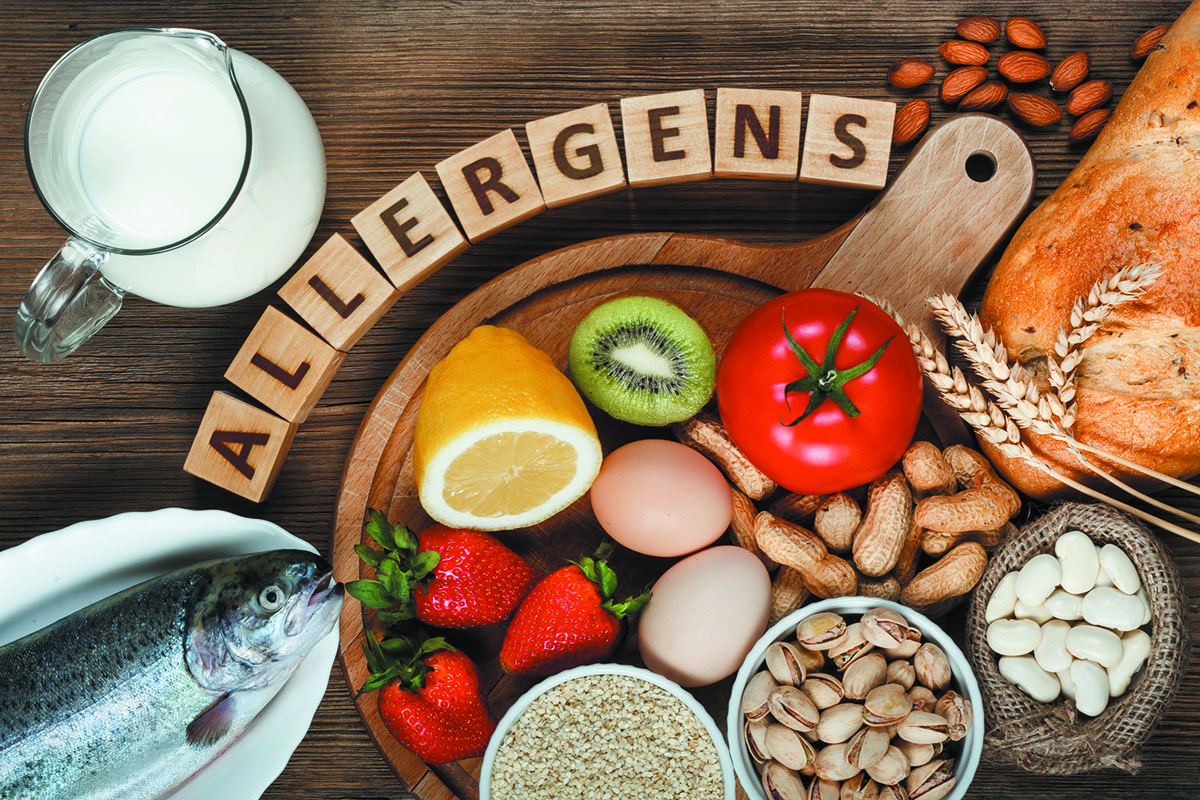It seems that almost everyone we meet suffers from an allergy of some kind or knows of someone who does…perhaps it is because of the amount of chemicals we use in this modern era…perhaps it is that modern conveniences such as air conditioning or fans can more efficiently distribute the harmful allergens throughout our society.
It is possible for almost anything to cause an allergic reaction but there are some allergies that are more common than others. These are explained in more detail below.
1. Asthma
Asthma is a serious respiratory disease. This allergic inflammation of the lungs is characterized by wheezing, coughing and tightness around the chest, making it difficult to breathe. It can be brought about through environmental allergens, dust mites, pollen, animal dander, smoke and other pollutants.
2. Allergic Rhinitis (hay fever)
Like asthma, allergic rhinitis or hay fever is caused by airborne allergens such as dust or pollen. It is characterized by watery, itchy eyes and a runny nose. It also causes bouts of sneezing and coughing. This is caused by the person breathing in floating pollen which then sticks to the mucous membranes of the throat and nose. They can also land on the sensitive covering of the eyes.
3. Perennial Rhinitis (dust mite allergy)
Perennial rhinitis is a condition which affects the sufferer all of the time. It is usually caused by the microscopic droppings of the house dust mite which is breathed in, affecting the air spaces in the nose, thus producing excess mucous. It can also be caused by animal fur.
4. Eczema and Dermatitis
With skin allergies such as eczema and dermatitis, the skin becomes red and itchy and can sometimes become ‘weepy’. Any part of the body can be affected. The cause of this type of allergy varies from dust to pollen to chemicals. It can also be triggered by heat, cold, humidity and bright sunlight.
5. Urticaria and Hives
Urticaria presents itself as raised lumps or as white patches with reddened skin surrounding them. They are extremely itchy and can come and go from all areas of the body. In most cases, urticaria will subside after a few hours but it can last for several days, causing extreme distress to the sufferer. This type of allergy is typically from a chemical substance such as cleaning products, hair dyes, and other chemical matter.
6. Food Allergies
A large number of people are allergic to certain foods, bringing on bouts of stomach pain, nausea, diarrhea, wheezing, stuffy nose, and a rash. The foods responsible are mainly berries, shellfish, eggs, nuts, milk, corn, beans or wheat. For people who suffer food allergies, it is necessary to avoid not only these specific foods, but any other product made with these ingredients. You can also have something like a gluten allergy or celiac – which can disrupt the digestive tract. But allergies can also be very severe for those that have them, including the swelling of the throat.
7. Poison or Venom Allergies (such as wasp or bee stings)
The allergic reaction to venom of insects usually presents itself in the form of hives or urticaria, tightness in the throat and chest, and itchy eyes. The person who suffers this type of allergy experiences more pain from a sting than someone without an allergy. Other creatures that can cause an allergy include ants, mosquitoes, jellyfish and scorpions.
8. Allergies to Drugs or Medications
Penicillin and Aspirin are the most common drugs to which some people have an allergic reaction and this generally causes a rash or hives.
In most cases, an allergic reaction is uncomfortable and can indeed be quite stressful. It is usually not fatal and will generally respond favorably to a treatment of antihistamines, corticosteroids or inhalants.
However, in some cases, the reaction is so severe, it can lead to a potentially life-threatening condition called anaphylactic shock. This is a condition in which a person is exposed to something to which he is extremely hypersensitive. This results in a release of histamine into the body tissues, sending the individual into anaphylactic shock.
Its onset is immediate and the symptoms include severe difficulty in breathing, swelling, a drop in blood pressure, and heart failure. The result will be fatal if the person is not treated urgently by the injection of adrenaline.
If the person has severe reactions, it is essential that they wear a medic alert bracelet so that those treating him are aware of the situation and can respond accordingly.
Most allergies can be controlled by avoiding the allergen if known. However, in some cases, it is unknown and this can be difficult. This can be overcome by always carrying antihistamines with you in case you have an allergic reaction to something.
If you manage your allergies sensibly, your discomfort should be minimized and you should be able to live a full and active lifestyle.







Be First to Comment